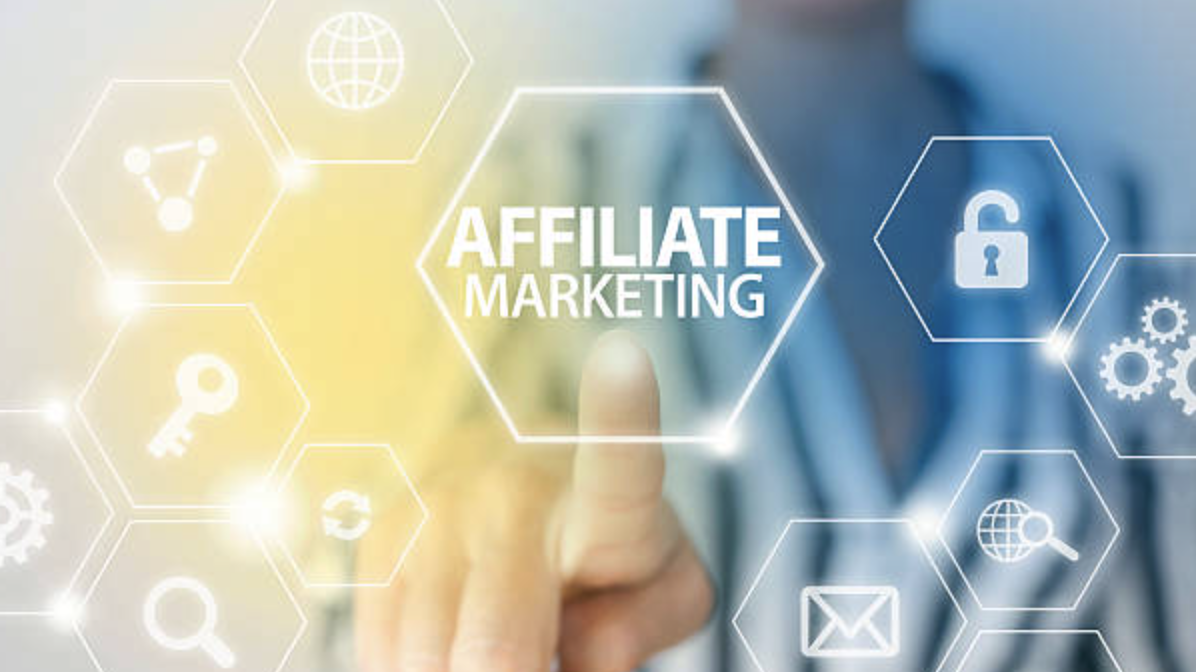Continuous Management
Once you have the program ready, it’s important to define what success looks like, and how to optimize.
The ultimate goal is to acquire leads at scale, and have the program ensure the CAC targets aren’t exceeded. For example, if the blended CPL is $10, and the target CAC is $300, then you will need a lead to sub of 3.33% (10/300).
However, looking at the blended results can lead to a lot of wasted marketing dollars. Sometimes the blended performance can look fine, but like any performance marketing campaign, there can be lots of wastage.

A more detailed view can surface more data that the affiliate manager should be monitoring.

In the above, two of the lowest performing deals from a conversion rate perspective, have two of the highest conversion rates from a click to lead perspective. These data points, when plotted against benchmarks, should prompt the affiliate manager to discuss a rate adjustment with the affiliate and review the content that generated the conversions. Some deals aren’t salvageable, so it’s best to terminate the CPL deal with the underperforming partner.
Understanding performance at a partner level shouldn’t be where the analysis stops. As mentioned in the tech requirements, adding sub ID’s to partner tracking is important. For publishers, pages influencer CVR, for email partners, content and list influencer CVR, and for influencers, their content hugely influences downstream conversion rate
Why Deals Go Wrong
There are 4 main reasons that deals can go bad. Most revolve around the lead to conversion rate not turning out like expected. Below are reasons affiliate managers should be aware of:
Partners will optimize to mazimise their deal: They optimisation can vary per partner type. Media buyers who are on a CPL deal are going to set the optimisation event to lead on whatever platform they are using, be it google search ads, google display network, meta, or tiktok.
Most experienced media buyers will know that telling these platform to generate conversions further up the funnel will reduce the downstream CVR. That is to say, that if you tell Facebook to generate leads, it will do exactly that, but the likelihood is that the lead to purchase you’re used to seeing when optimising to purchase will plummet. Seeing lead to purchase drop from 10% to 1% when optimising to lead instead of purchase is not uncommon.
With search ads, finding terms that will become leads is a lot easier than finding terms that become payers, particularly when it comes to quiz funnels. One example we found was in the online therapy space. Quiz traffic was easily available, but quiz leads has little to no intent.
The below extracts show the CPC differences between quiz terms and therapy terms. CPC’s are 20x on the therapy terms! You need to make sure you aren’t getting leads on the cheaper, lower intent terms.


Finally, an affiliate more classify themselves as “Display”, and piggy-back on an incentive network like TapJoy. In these scenarios, there is little to no hope that the lead will convert.
Once any form of incentive is brought in, you can kill all hopes and assumptions about conversion rate. This must be protected against in the terms of the program.
Closing Thoughts
Having been running CPL deals for over 10 years, the team at Your10k have had their fingers burned on more than one occasion. The advice might seem simple, but time and time again we see brands get hurt.
Step 1: Protect yourself with caps, and terms and conditions.
Step 2: Understand the traffic source and benchmark conversion rate before offering a deal.
Step 3: Review the data regularly, and as granularly as possible.
Step 4: Act fast on suspicious data.












